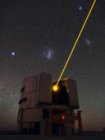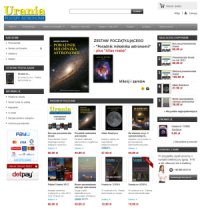Relativistic magnetic reconnection in application to gamma-ray astrophysics
Relativistic magnetic reconnection in application to gamma-ray astrophysics
Krzysztof Nalewajko
Cosmic sources of gamma-ray radiation in the GeV range are often characterized by violent variability, in particular this concerns blazars, gamma-ray bursts, and the pulsar wind nebula Crab. Such gamma-ray emission requires a very efficient particle acceleration mechanism. If the environment, in which such emission is produced, is relativistically magnetized (i.e., that magnetic energy density dominates even the rest-mass energy density of matter), then the most natural mechanism of energy dissipation and particle acceleration is relativistic magnetic reconnection. Basic research into this mechanism is performed by means of kinetic numerical simulations of various configurations of collisionless relativistic plasma with the use of the particle-in-cell algorithm. Such technique allows to investigate the details of particle acceleration mechanism, including radiative energy losses, and to calculate the temporal, spatial, spectral and angular distributions of synchrotron and inverse Compton radiation. The results of these simulations indicate that the effective variability time scale of the observed radiation will be much shorter than the light-crossing time scale of the simulated domain.
Proceedings of the Polish Astronomical Society, vol. 7, 310-315 (2018)
Download full article as PDF file:







